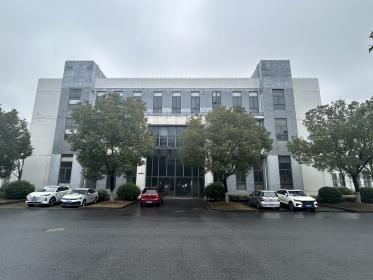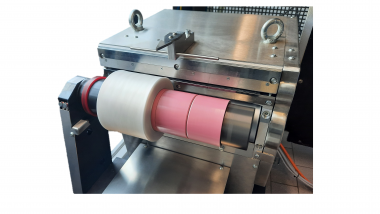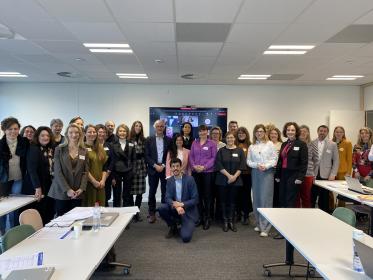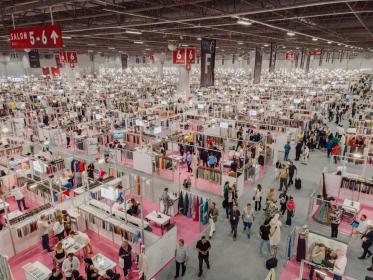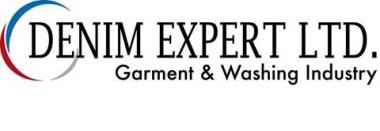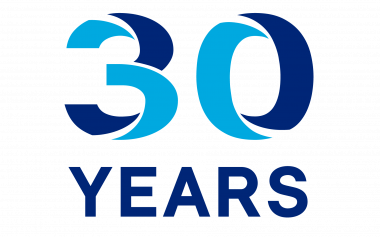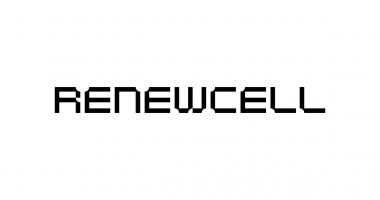Archroma: New wet-fastness improver
Archroma has developed a new wet-fastness improver that helps brands and mills produce durable clothing, towels, linens and other textile products with long-lasting colors without compromising on quality or introducing hazardous chemicals.
ALBAFIX® ECO PLUS is a next-generation fixing agent that delivers a strong wet-fastness for all reactive dyes on cotton and other cellulosic fibers and polyester-cotton blends. It will not change the shade of the dyed fabric or negatively impact light-fastness. The product also avoids production challenges – such as foaming, acid hydrolysis and migration problems during drying – to promote efficiency and quality output.
ALBAFIX® ECO PLUS is suitable for jet applications, and for other dyeing and washing equipment with vigorous liquor circulation, and can also be applied by exhaustion, by padding or from the last bath of the soaping process after dyeing or printing.
Like ALBAFIX® ECO, the latest addition to the ALBAFIX® family has a positive influence on chlorine-fastness. When applied with double fixing, it achieves the same high performance on polyamide and PA/Elastane fabrics, as it does on cellulosic fibers. This makes it ideal for the production of swimwear, as well as sportswear and outdoor clothing.
ALBAFIX® ECO PLUS complies with global eco-standards and initiatives, including Global Organic Textile Standard (GOTS), bluesign® and the Zero Discharge of Hazardous Chemicals (ZDHC) Roadmap.
Archroma





